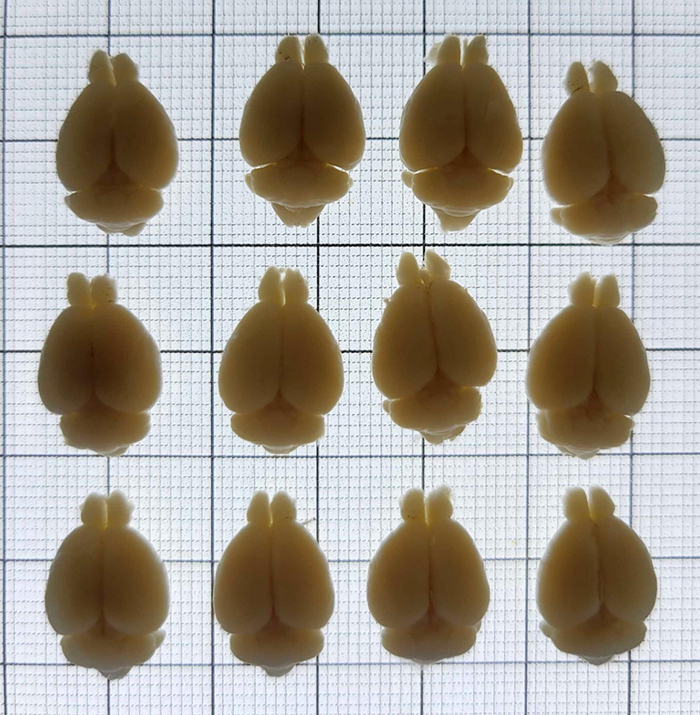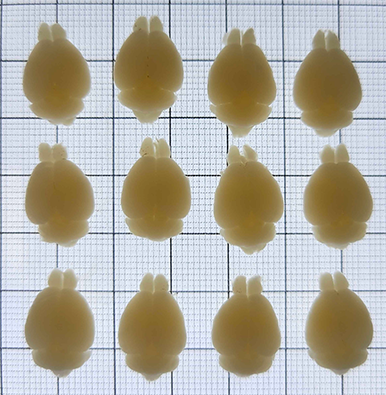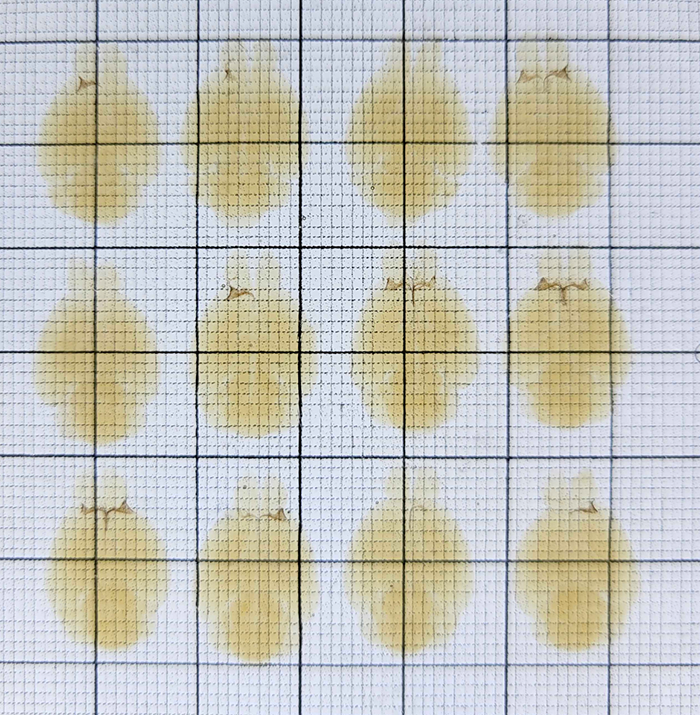While developing our next generation of electrophoretic tissue-processing devices, SmartBatch+, we have also been hard at work developing improvements to tissue clearing techniques – specifically delipidating samples. As explained here, lipid membranes need to be removed to render a sample optically transparent for lightsheet imaging.
Tissue clearing techniques have long since sought to maximize optical transparency while preserving sample architecture and minimizing processing time. While other methods are forced to balance these objectives, we have developed a method that makes no such compromises.
Our new tissue clearing technique provides delipidation and optical clearing without expansion or shrinking of the samples throughout the entire process with targeted removal of lipid membranes and minimal impact on other structures. This ensures that the sample retains its mechanical strength, molecular stability and native 3-dimensional structure. As far as we are aware, no other tissue clearing techniques can clear whole mouse brains and larger samples without any change in morphology.



This targeted approach also features a drastic increase in delipidation speed. We can now fully delipidate whole mouse brains in just one week with a passive incubation at 45°C, or with one day of active clearing in SmartBatch+ or SmartClear II Pro at 42°C. This increase in speed also extends to whole rat brains, achieving active delipidation in ~4 days at 42°C.
To learn more or request a free trial, please follow the links below!

